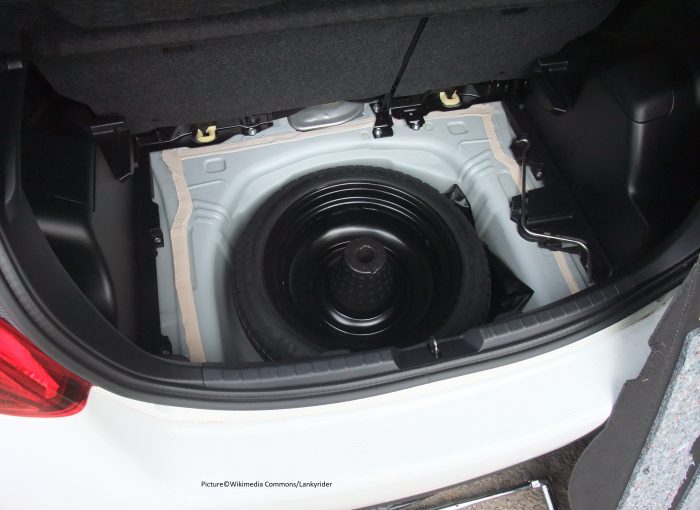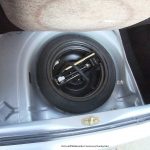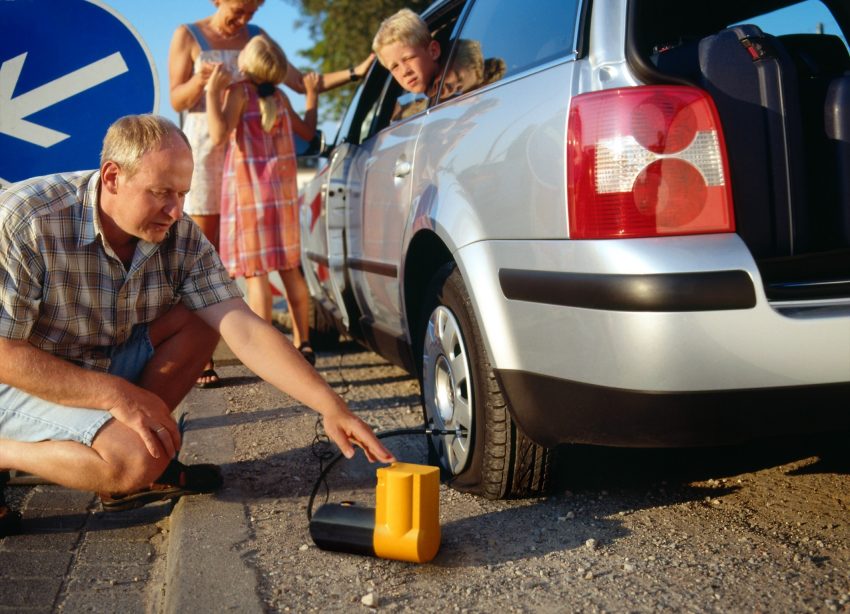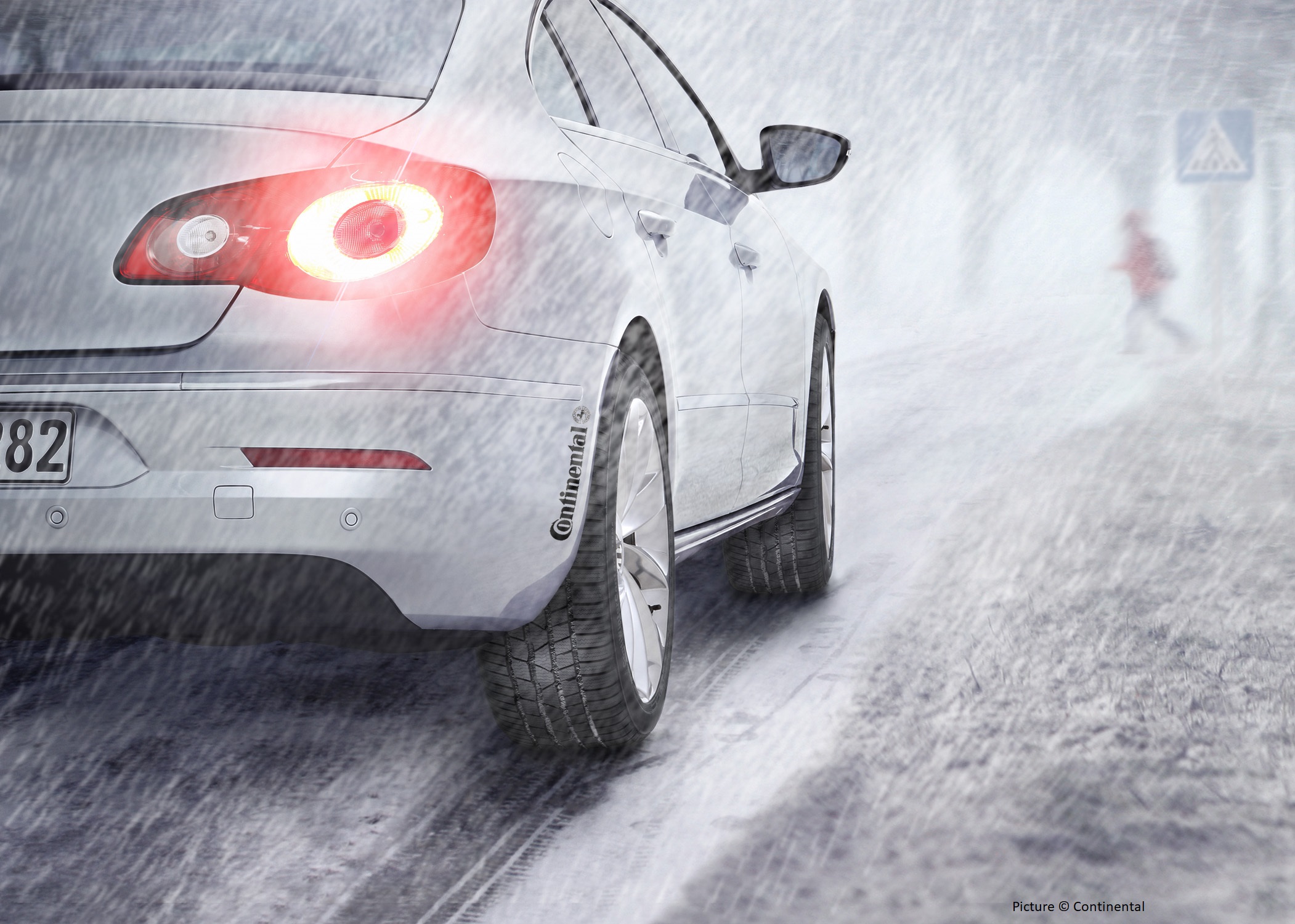Hardly any new cars come with a full-size spare wheel these days. Owners will either find an inflation kit or a space saver spare wheel in the boot. As we get so many questions about space savers, we thought it’d be a good idea to put together a complete guide to them. If you don’t want to read the whole piece, use the headings below to jump to the relevant section.
What is a space saver spare wheel?
Can you buy space saver spare wheels?
How many wheel nuts does your car have?
Find out if your space saver is big enough?
How long can you drive on space savers for?
Do space savers need looking after?
Why don’t cars have spare wheels?
What is a space saver spare wheel?
Think of a wheel and tyre that’s smaller and skinnier than the regular wheels and tyres on your car. It lives in the boot and it’s only to be used in emergencies. It’s a simple way of getting you home or to a garage if you have a flat tyre. At the same time, it’s lighter and doesn’t take up as much room as a normal-sized spare wheel and tyre.
Can you buy space saver spare wheels?
Yes you can. A lot of car manufacturers will sell space savers. Your nearest franchised dealer should be able to arrange it for you.
Alternatively, go on the internet and search for them. On some of the better sites, if you input your car’s details, you’ll see a range of the spare wheels they sell that will fit your car.
But there are some important things to think about before you start splashing the cash.
How many wheel nuts does your car have?
Any wheel has to sit on the car’s hub. In order to fit safely, the wheel needs to have the same number of holes as the hub.
First thing to find out about your car is its Pitch Circle Diameter or PCD. This tells you how many lugs (bolts, more commonly called wheel nuts) your car has and how far apart they are in millimetres. A typical PCD is something like 5 x 112. That indicates the car has five wheel nuts and they’re 112mm apart.
Buy a wheel with five holes and if your hub only has space for four lugs, you won’t be able to fit the wheel safely. And you can’t drive with just two of the fasteners done up.
Once you’ve bought one, first thing we’d do is try to fit it. You don’t want to hand over a serious amount of cash and then find yourself stranded because you’ve bought the wrong kind of wheel.
How do you know if the space saver is big enough?
Next thing you need to know is how big the space saver is. Too big or too small and you won’t be able to drive safely when it’s fitted. You work out what size of wheel you need by calculating the rolling radius of the existing wheel. This is the distance from the centre of the hub to the ground.
Once you know your existing wheel/tyre’s rolling radius, the space saver’s should be within 3% of that.
You might have noticed that tyres have different heights of sidewall. This is called aspect ratio and it’s shown as a percentage of the tread’s width – the second set of digits in the writing on the side of a tyre.
This difference in sidewalls means a 205/55 R16 tyre can have the same rolling radius as a 125/80 R17 space saver. There’s a really handy calculator here to help you work out rolling radius.
How long can you drive on space savers for?
It’s important to understand that these are a temporary fix. Space savers are skinnier which means they have more weight on them and can run hotter. Because of this you shouldn’t exceed 50mph and although the distance you drive on one isn’t strictly limited, it’s wiser to go no further than 50 miles at a time.
How much do they cost?
That depends on the car and the size of wheel. A space saver for a big car will cost more than £200. For smaller cars, anywhere from £100 upwards. But it’s worth shopping around. Buy one from a manufacturer for a popular mid-size model and it’ll probably cost about £120.
You can also buy used space savers from auction sites such as eBay. We’d advise against this for the simple reason that you don’t know if, or how much, it’s been abused by its previous owner.
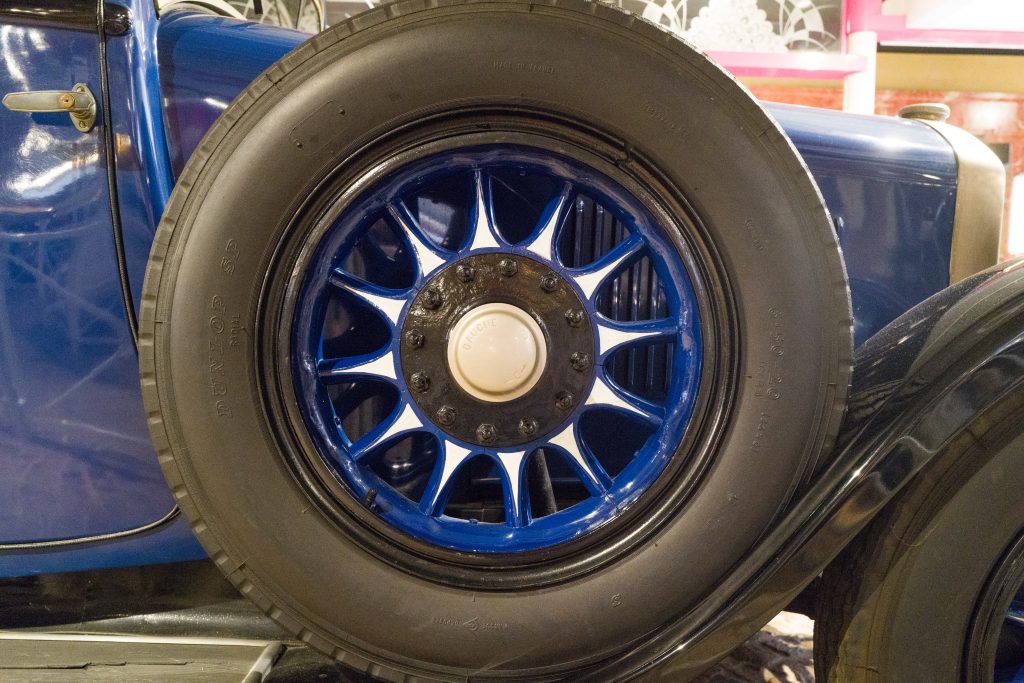
What else do you need?
If your car comes with an inflation kit, chances are, it won’t have a jack or wheel brace. If you’re to fit a space saver spare wheel yourself, you’ll need both these items.
It’s also sensible to make sure your car has the correct locking wheel nut key and we think it’s never a bad idea to have a reflective jacket with you too.
Will a spare fit in your boot?
Some cars have inflation kits for the simple reason that there isn’t room beneath the boot floor for a spare wheel. That’s because the battery in the case of a hybrid is probably there.
If your car does have a spare wheel well, get a tape measure and check that it’s wide enough to fit your spare. And remember you’ll probably need some sort of retaining mechanism to keep any wheel that you put in there secure.
Do space savers need looking after?
Although it spends most of its life in the boot, a space saver needs air to function just as much as a regular tyre does. That means you should check it on a monthly basis if you can. Ideally, we’d recommend testing its pressure every couple of months but chances are you’ll forget, so monthly it is.
Once a space saver has been used, it’s worth inspecting its tread depth before it goes back in the boot for another emergency. They usually don’t have as much tread as regular tyres and they can wear down quicker because as they’re thinner, they have more weight going through them.
Why don’t cars have spare wheels?
The full-size spare wheel is big, takes up lots of room, and weighs around 15kg (for a 17” wheel). That means you use extra fuel and engines emit more CO2 if you carry one. To cut both of these, car makers have started replacing spare wheels with space savers which are lighter.
Latterly, with increasing number of cars using electric motors, there is no physical space for a spare wheel so even the space saver has been sacrificed in favour of the inflation kit.

I’ve been writing about cars and motoring for more than 25 years. My career started on a long-departed classic car weekly magazine called AutoClassic. I’ve since pitched up at Autosport, Auto Express, the News of the World, Sunday Times and most recently the Daily Telegraph. When I’m not writing about cars and motoring, I’m probably doing some kind of sport or working in my garden.

